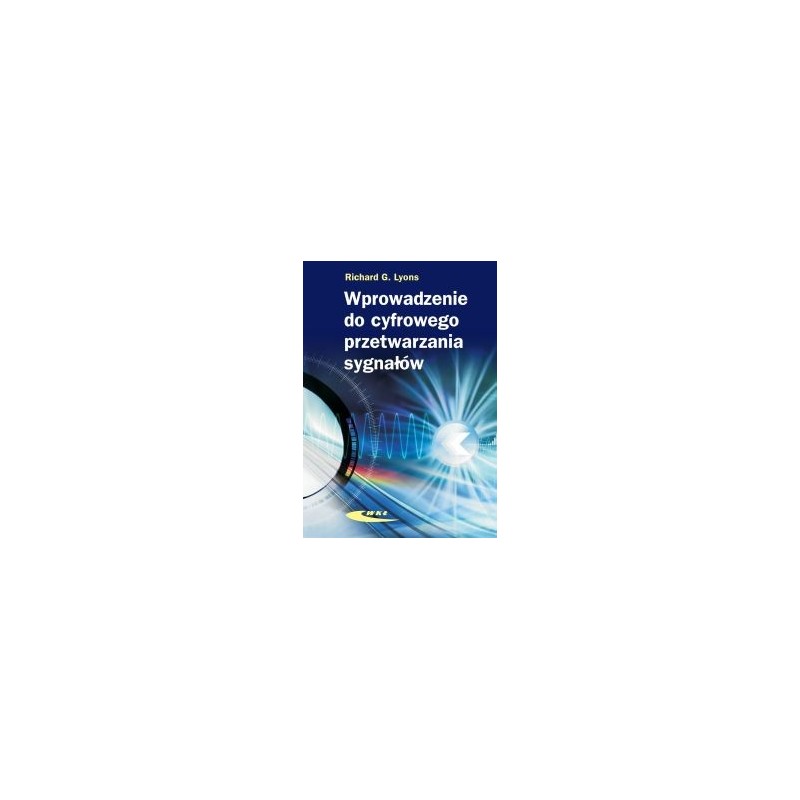- Out-of-Stock



No product available!
No product available!
HK Hobbyking KK2.1HC Multi-Rotor Hard Case Flight Control Board With Remote Programmer (39791)
No product available!
No product available!
No product available!
HDMI to CSI-2 bridge module based on TC358840 chip. It has a 22-pin FPC connector with a pitch of 0.5 mm and an audio connector. The input signal is supplied through the HDMI connector. Auvidea 70511
No product available!
RoboClaw 2x60A Motor Controller (V6) is a two-channel DC motor driver, operating voltage: 6-34V, maximum continuous current: 60A, easy implementation of feedback loops with PID controller, safety systems. Pololu 3289
No product available!
No product available!
A set of Raspberry Pi 3 Premium Kit in an elegant box. RS Pi 3 Kit
No product available!
ZigBee module, features the CC2530F256 onboard, farther communication distance with PA
No product available!
No product available!
No product available!
PRINTED TILE - PROGRAMMED CONTROLLER FOR TOYS AND MODELS - CONTROL PANEL TILE
No product available!
No product available!
No product available!
Lead-free tin Sn99Cu0.7Ag0.3 with EVO11 flux, 250 g spool, 0.50 mm diameter. Cynel SAC307-0.50/250
No product available!

